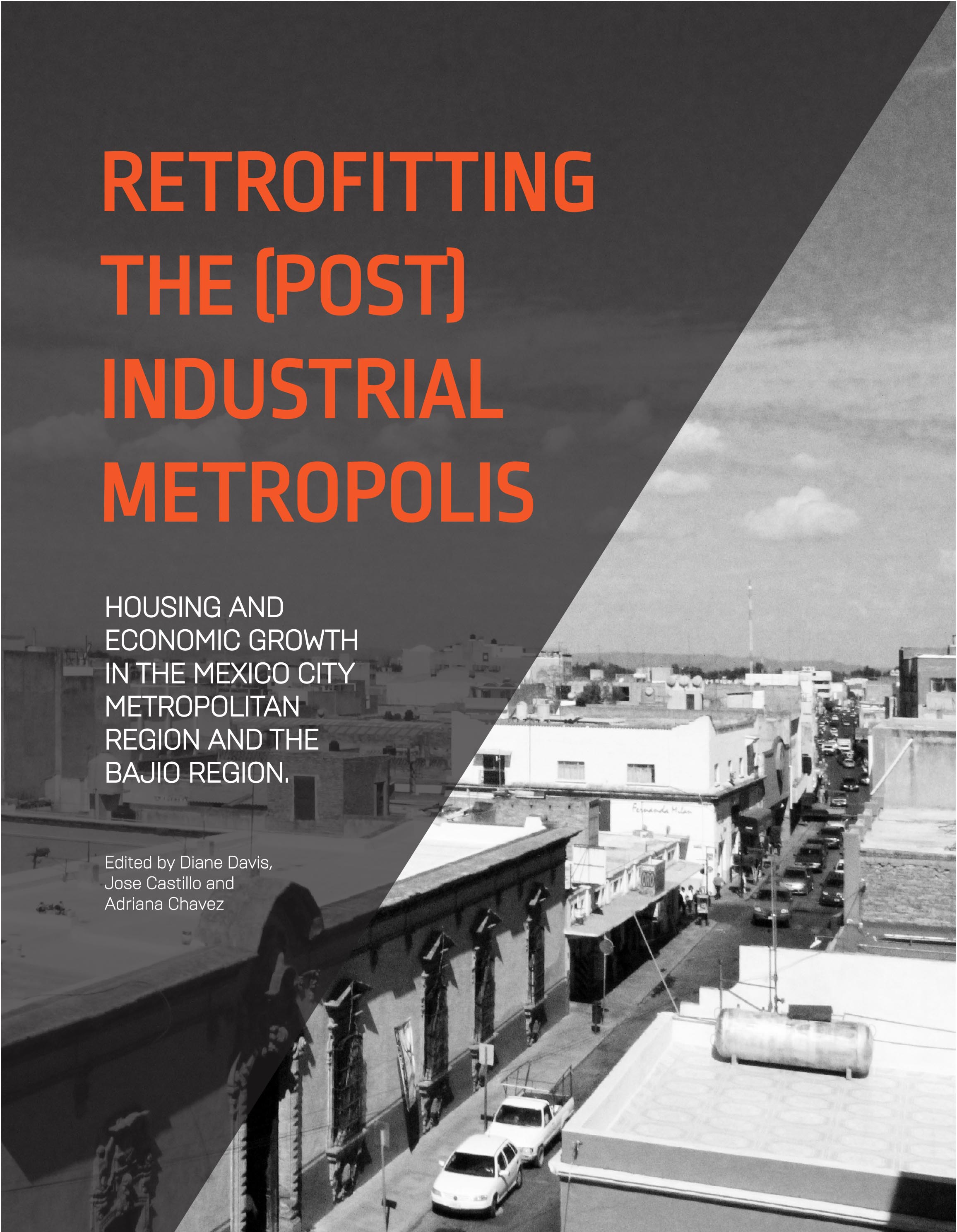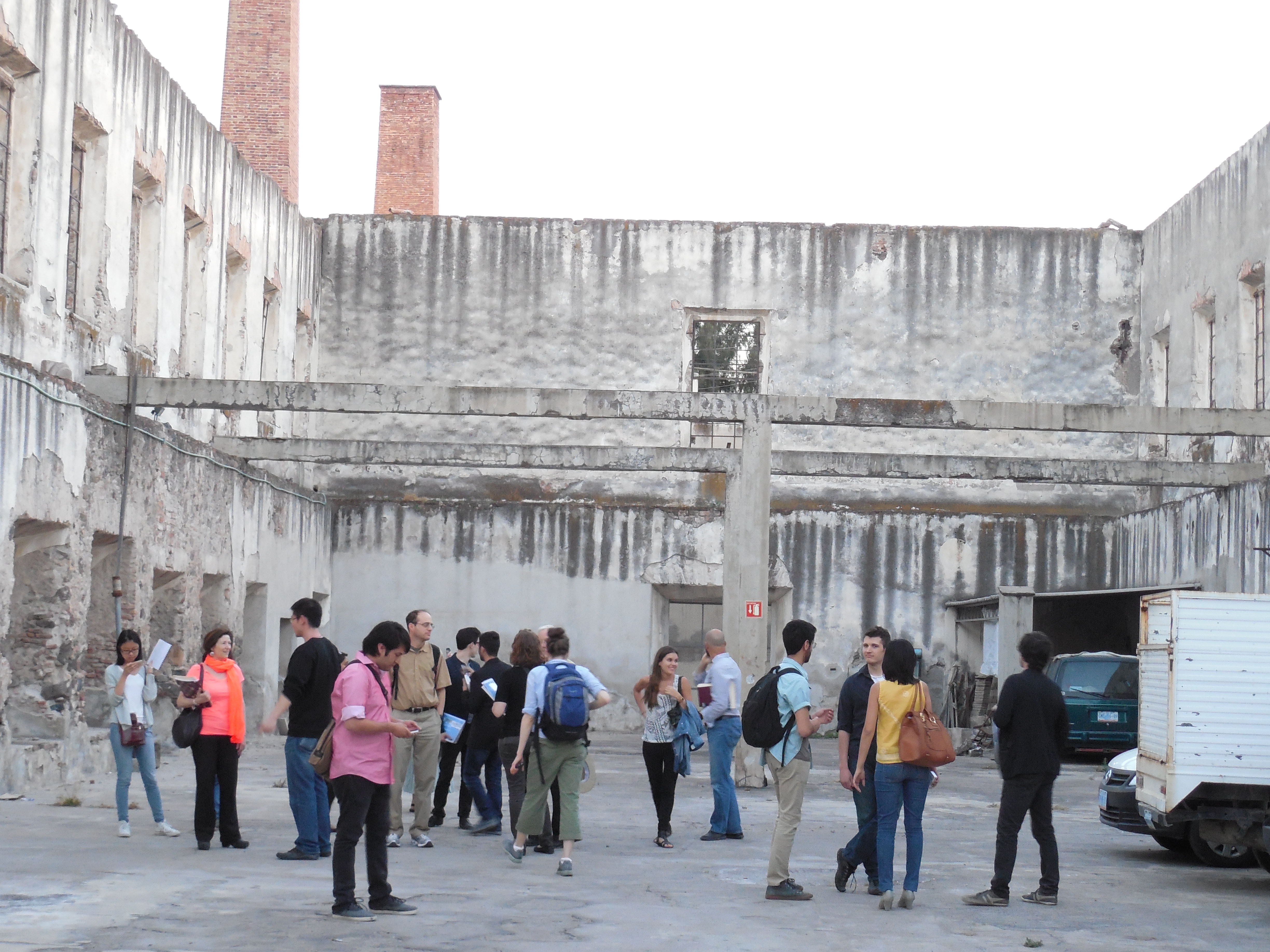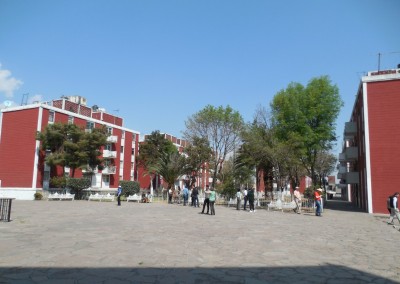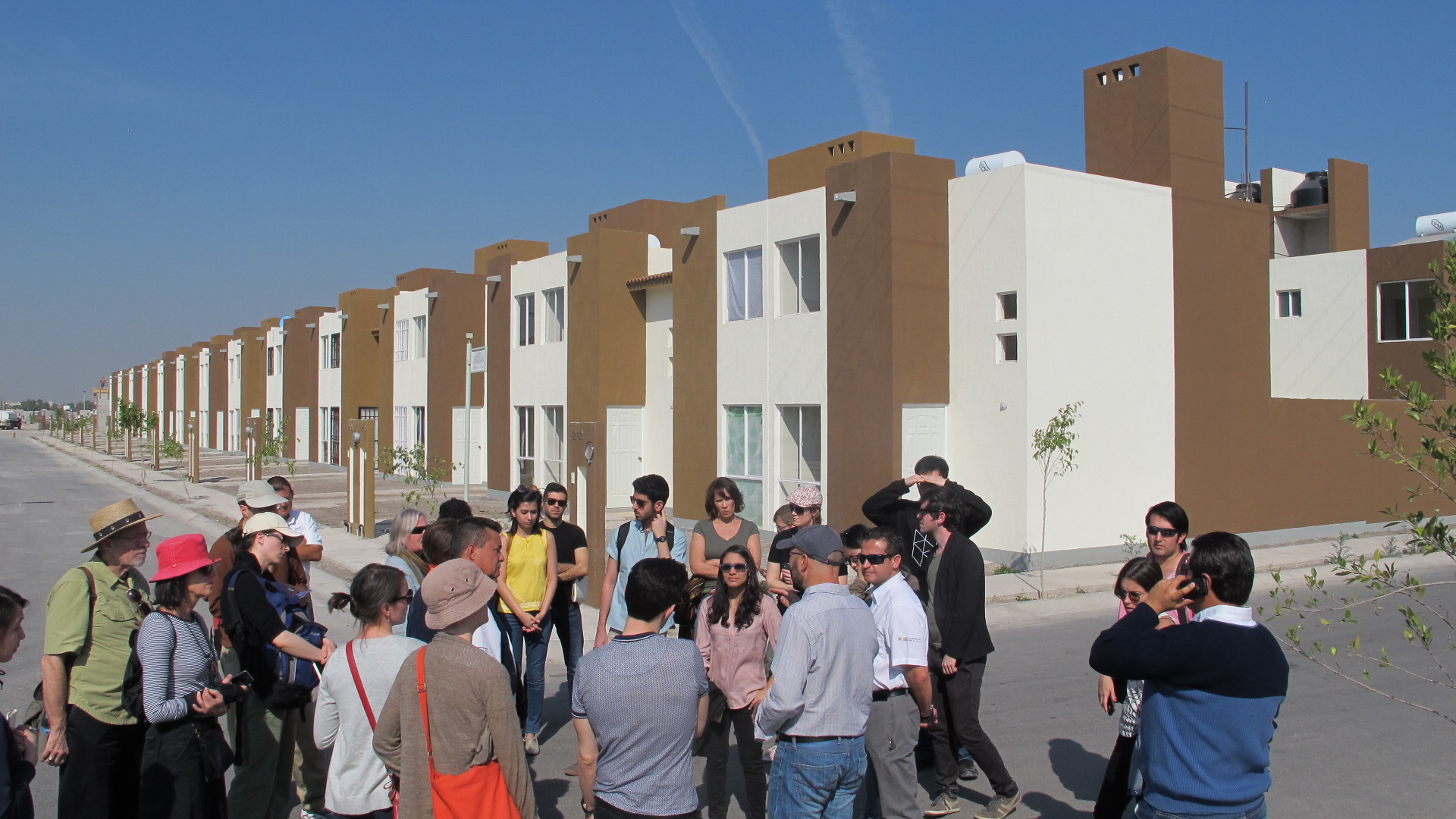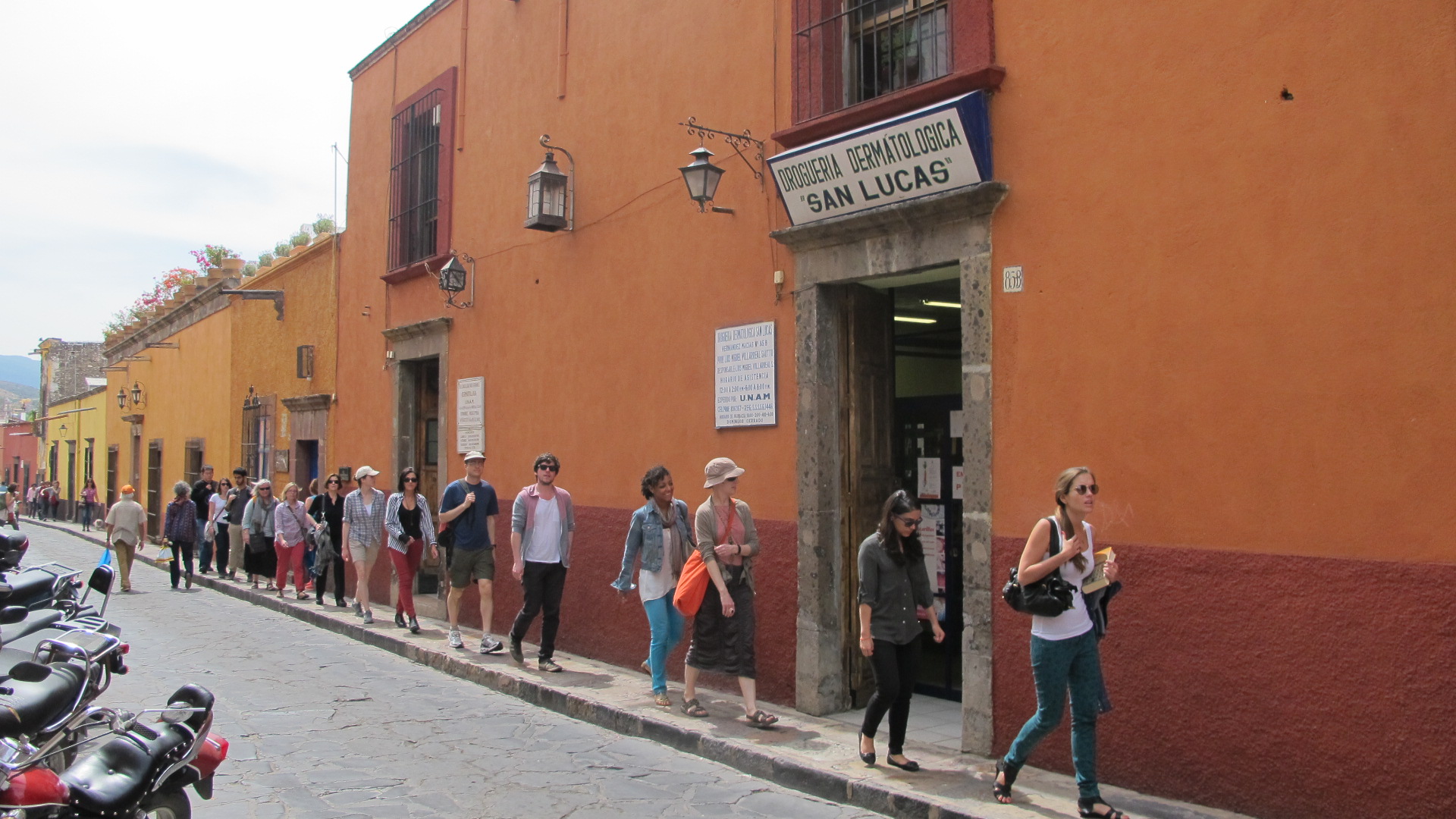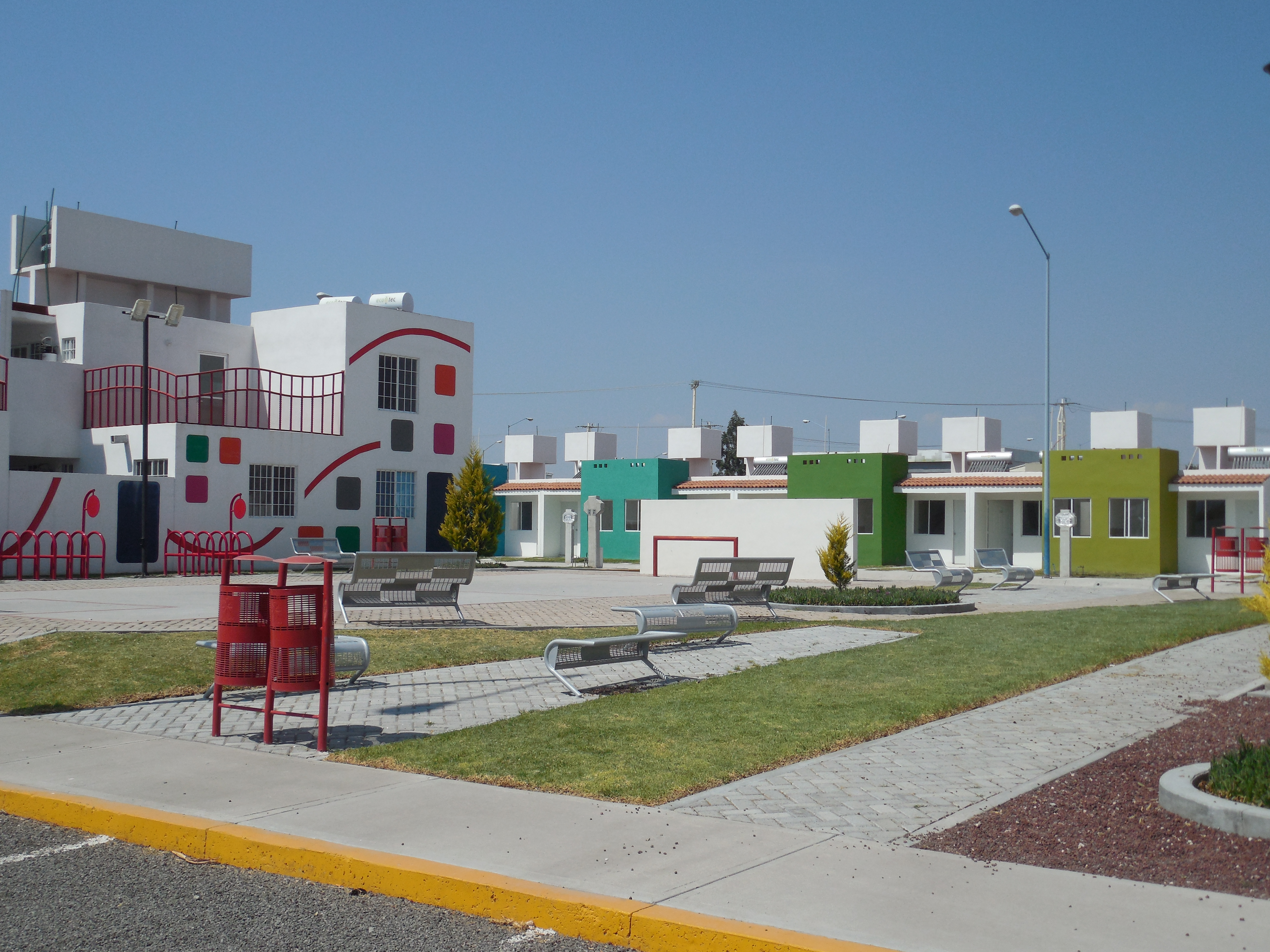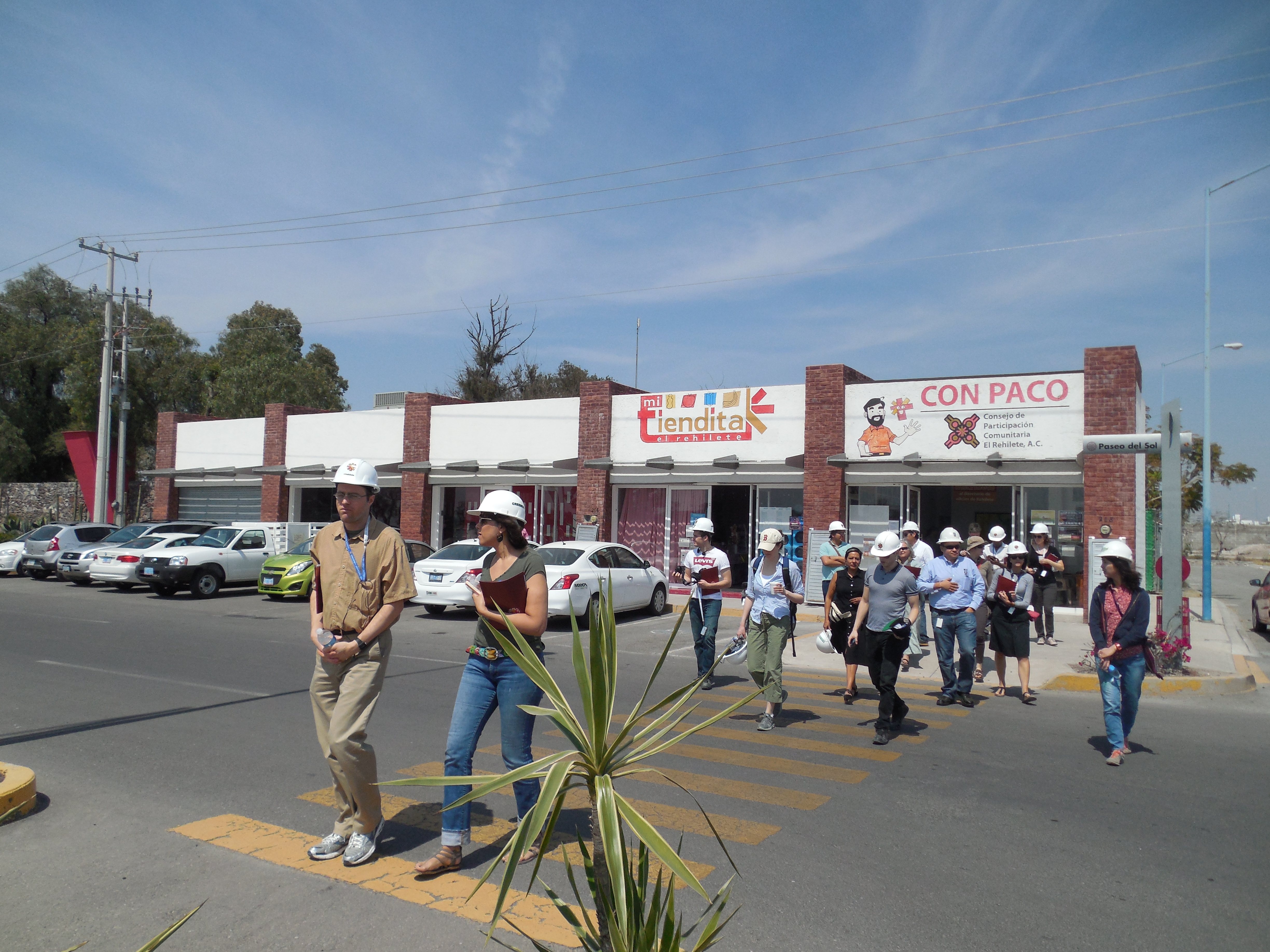Retrofitting the (Post)Industrial Metropolis
Housing and Economic Growth in the Mexico City Metropolitan Region and the Bajío RegionMexico’s national authorities are rethinking their housing policy frameworks, so as to connect questions of housing supply and affordability to location as well as to the larger goals of densification, job creation, and economic growth. This studio asks questions about what can and should be done to densify or retrofit urban areas; it evaluates the potential role that new versus existent housing stock (or related infrastructures) can play in this process; and it addresses these concerns in the context of two very different urban contexts, one which is de-industrializing and the other which is re-industrializing – thus framing the studio’s concern with urban planning and design interventions in the context of larger regional, national, and global economic trends affecting cities in Mexico and elsewhere.
Course Site:
The studio will focus on two sites: the municipality of Tlalnepantla in the Mexico City Metro Area and the city of Celaya, in the state of Guanajuato.
Tlalnepantla was a prime site for concentrated industrial development from 1950 to 1980, now it faces a potentially different future beyond industry. Massive public transportation projects give this area a strong potential for densification. Although currently Tlalnepantla has a population of 665,000 inhabitants, it sits in a strategic location in an expanding metropolitan area with more than 16 million inhabitants and contains a significant number of large post-industrial sites awaiting new uses. Similarly, Celaya a city of 468,000 residents situated in a regional system of cities that include Celaya, Irapuato, Silao, and León, has become an agro-industrial powerhouse as well as the site for several large-scale global investments related to the auto industry, logistics and technology. Plans for a regional passenger train that would connect the corridor from Celaya to León, and boost the regional economy, have been in discussion for some years.
By working in these two locations, the studio will inquire into the complexities of intertwining housing policies with state and local agendas as well as larger scale dynamics of investment, industrial development, and job creation.
Course Structure:
The studio includes a class trip to Tlalnepantla, Mexico City, and Celaya during the last week of February. Students will learn about the politics and financing of urban interventions in Mexico as well as the socio-economic and built environmental history of the Mexico City’s Metropolitan Area, and the Bajío Region. Special attention is paid to the regimes of planning that impact housing supply, infrastructure investment, and densification potential as well as the forces facilitating and/or constraining densification and housing supply at a variety of scales and territories.
Exercises include:
· Documenting current housing stock and densification patterns
· Inquiries into the relationship between job and housing production
· Assessment of the strategies of industrialization and de-industrialization vis-a-vis the production of housing
· An inquiry into the relationships between large scale transportation projects, housing, and jobs
· Mapping multiple stakeholders (public and private) at a variety of scales
· Identifying innovative urban practices (in Mexico and elsewhere) of relevance
